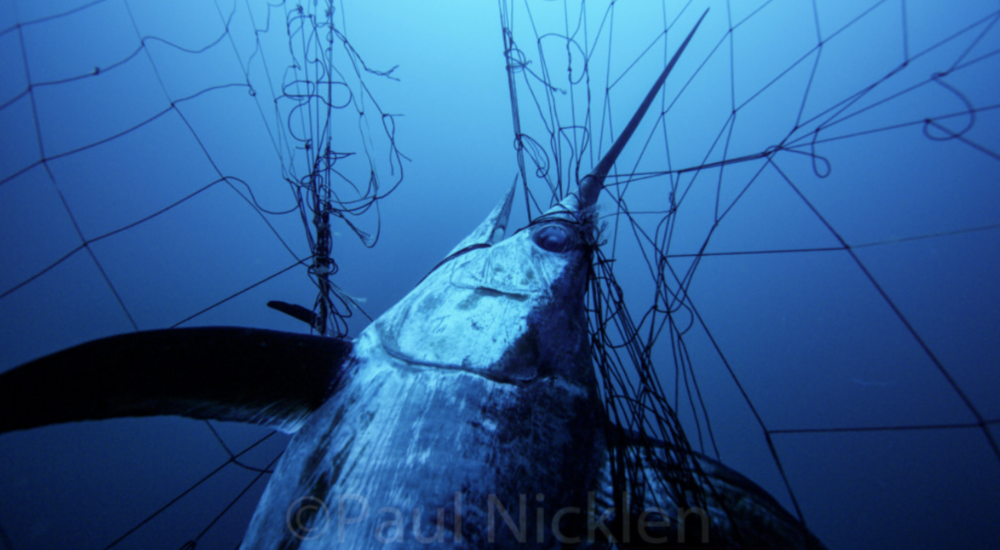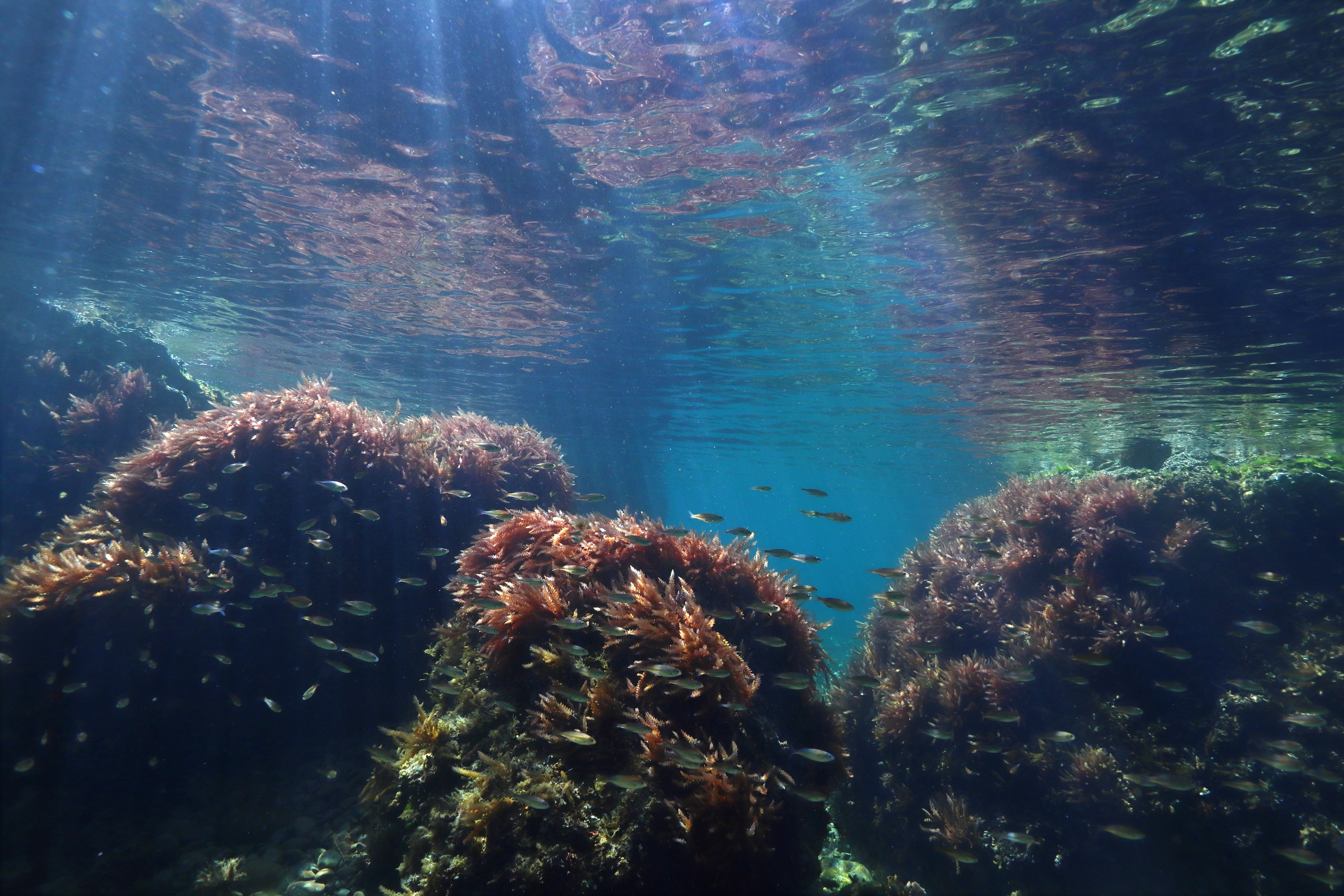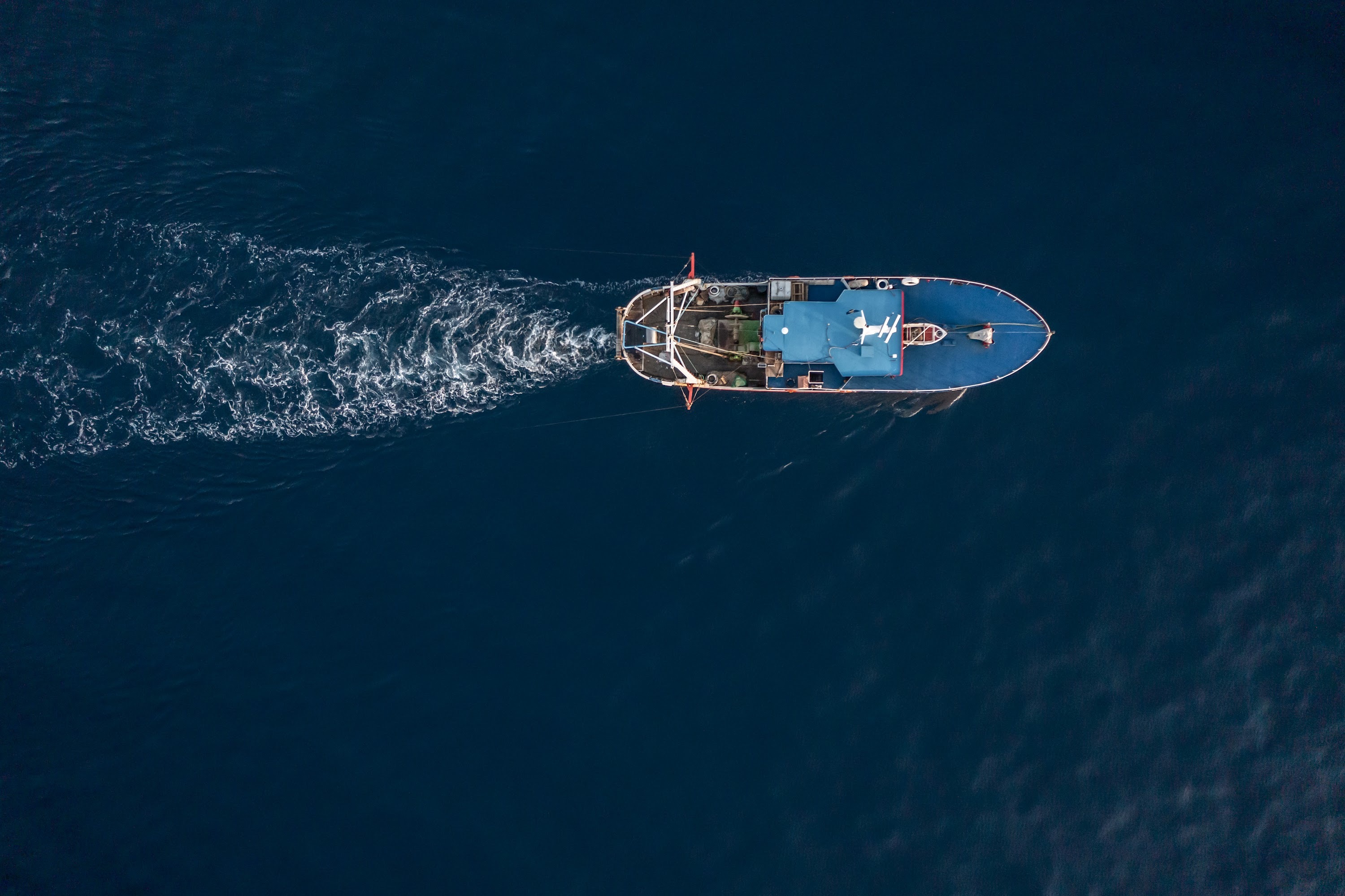
Press release: Systemic illegal driftnet fishing in Moroccan waters revealed by new investigation
Image courtesy of Paul Nicklen/SeaLegacy.
Today, the Environmental Justice Foundation (EJF) has released a new investigation exposing the persistent use of illegal driftnets by Moroccan vessels in the Alboran Sea, a critical Mediterranean biodiversity hotspot home to some of the world's most vulnerable marine species. This indiscriminate and destructive fishing is a serious threat to vulnerable wildlife and violates numerous fisheries laws, says the NGO.
Madrid, 13/11/2024, 08:00.
Driftnets can stretch for tens of kilometres, catching everything in their path. While driftnets primarily target large pelagic species such as the critically endangered Mediterranean swordfish, these nets also trap endangered whales, sea turtles, and sharks. When abandoned or lost, these nylon nets can become 'ghost nets', killing marine life for years and contributing to plastic pollution.
Their immense environmental costs are clearly reflected in driftnets being banned by international, regional and Moroccan law. However, EJF's investigation found that driftnet fishing continues openly, and may even be increasing. As recently as April 2024, nets were observed in Moroccan ports, and vessels using them were actively operating in both Moroccan and Spanish waters in the Alboran Sea. Figures in the report reveal a substantial increase in the size of the Moroccan driftnet fleet and therefore in fishing pressure.
“Our findings expose a systematic breach of national and international driftnet bans and a failure by Moroccan authorities to enforce them. With the use of illegal nets more than doubling, from 370 vessels in 2004 to 846 in 2024, this threatens the rich marine biodiversity of the Alboran Sea and could undermine broader efforts to safeguard Mediterranean biodiversity and fisheries, including by Morocco,” said Steve Trent, CEO and Founder of EJF. “We urge Morocco to improve its surveillance and control of illegal activities and, through cooperation and assistance from the EU, support fishing communities to sustainably transition away from the use of driftnets by the end of 2025. By ending illegal driftnetting, we can protect marine wildlife, the ocean and the coastal communities that depend on it.”
In addition to the limited enforcement of driftnet fishing bans and local economic hardship, high foreign demand for swordfish is a key driver of the continued and increasing use of driftnets by the Moroccan fleet. In 2022, Morocco ranked as the fourth-largest supplier of fish products to the EU by value, with nearly all Moroccan swordfish destined for export, primarily to Spain. Spain, accounting for nearly 79% of Morocco’s swordfish exports, is the main EU supplier of swordfish products, a significant portion of which is likely re-exported from Spain. Italy remains the largest EU market for Spanish swordfish exports, representing 84% of the trade by value.
“The continued demand for Moroccan swordfish, especially from the EU, remains a primary driver behind this illegal fishing,” said Jesus Urios Culiañez, Ocean Campaigner for EJF. “The EU and its Member States, particularly Spain and Italy, need to take the responsibility of closely inspecting the imports. This will ensure illegally caught fish does not end up in the EU market and EU consumers are not complicit in the environmental destruction of the Mediterranean.”
This investigation shows that while Moroccan driftnet fishers understand the environmental damage and illegality of driftnet fishing, they stress the need for government support to switch to alternative gear. In addition to suggesting alternatives, Moroccan fishers and civil society are calling for direct dialogue with the authorities. This would allow fishers to voice their concerns and share critical information to help facilitate a transition away from driftnet fishing.
ENDS
Notes to editors
Read the full report here.
Profile of the vessels using driftnets
The research reveals an evolving profile of driftnet vessels: where once larger industrial and semi-industrial vessels dominated, small wooden boats (5-10 metres long and around 3 gross tonnes) are now using driftnets, without being subjected to any form of regulatory control. In August and September 2024, as part of our investigation, EJF investigators visited the ports of Tangiers, M’Diq, Alhocaima, Nador and Sidi Hsaïn in the north of Morocco and confirmed the ongoing use of driftnets, with 843 driftnet vessels recorded. In 2004, 370 vessels were recorded using driftnets.
Key laws that ban them
Efforts to eliminate large-scale pelagic driftnets began globally in the 1990s with United Nations resolutions calling for coordinated action by member states. Regionally, key restrictions include the International Convention for the Conservation of Atlantic Tunas (ICCAT) banning driftnets for catching large pelagic species like swordfish in the Mediterranean, a prohibition also enforced by the General Fisheries Commission for the Mediterranean for nets longer than 2.5 km. The Agreement on the Conservation of Cetaceans and EU regulations further restrict the possession and use of driftnets over 2.5 km and ban their use in EU waters for swordfish, regardless of net size. Since 2010, Morocco has prohibited all driftnets, regardless of size or target species.
Sustainable transition
After the 2003 ICCAT ban on driftnets for large pelagic fish, Morocco launched a four-year plan involving public education, buyback programmes, gear destruction, and alternative fishing training, supported by limited US funding and €1.25 million annually from the EU until 2019. However, the impact of these funds is unclear, and phasing out driftnets has been largely unsuccessful. Moroccan fishers emphasised their economic reliance on driftnets to EJF, and acknowledged the need for buyback programmes to be combined with the provision of alternative fishing gear such as longlines and support for fleet conversion to new activities, including tourism. They also called for direct dialogue with the government to address these challenges collaboratively.
Quotes from the report
“There is no species that driftnet provides us with that we cannot obtain with much more selective fishing gear. It doesn’t provide anything that we couldn’t achieve in another more sustainable way.” - Macarena, marine biologist/fisher
“Nowadays, working at sea doesn’t provide enough to live on; it’s hard to support your family. In the past, you could, because there were plenty of fish, and making money was easy. However, now, the catch is so scarce that you can’t even cover your expenses for fuel, bait, fishing gear, and everything else.” - Moroccan fisher
“The policy of considering what is caught with driftnets as caught with longline, something unacceptable, is done because driftnets are officially banned. They got European aid to eliminate them and they will not now recognise the existence of driftnets. Therefore, we officially fish with longlines.” - Moroccan fishing vessel captain
About EJF
EJF works internationally to inform policy and drive systemic, durable reforms to protect our environment and defend human rights. We investigate and expose abuses and support environmental defenders, Indigenous peoples, communities, and independent journalists on the frontlines of environmental injustice. Our campaigns aim to secure peaceful, equitable, and sustainable futures.
Our investigators, researchers, filmmakers, and campaigners work with grassroots partners and environmental defenders across the globe. Our work to secure environmental justice aims to protect our global climate, ocean, forests, wetlands, wildlife and defend the fundamental human right to a secure natural environment, recognising that all other rights are contingent on this. For more information or to speak to one of our expert analysts, please contact media@ejfoundation.org.
SIGN UP FOR OUR EMAILS AND STAY UP TO DATE WITH EJF

